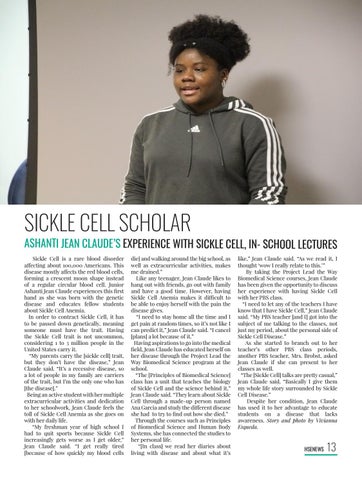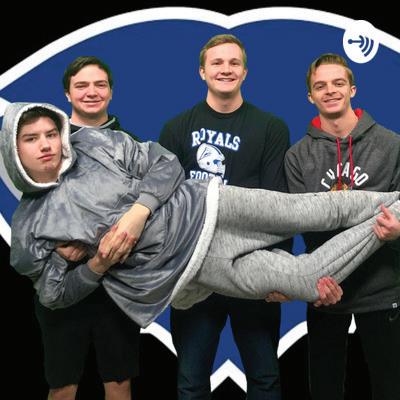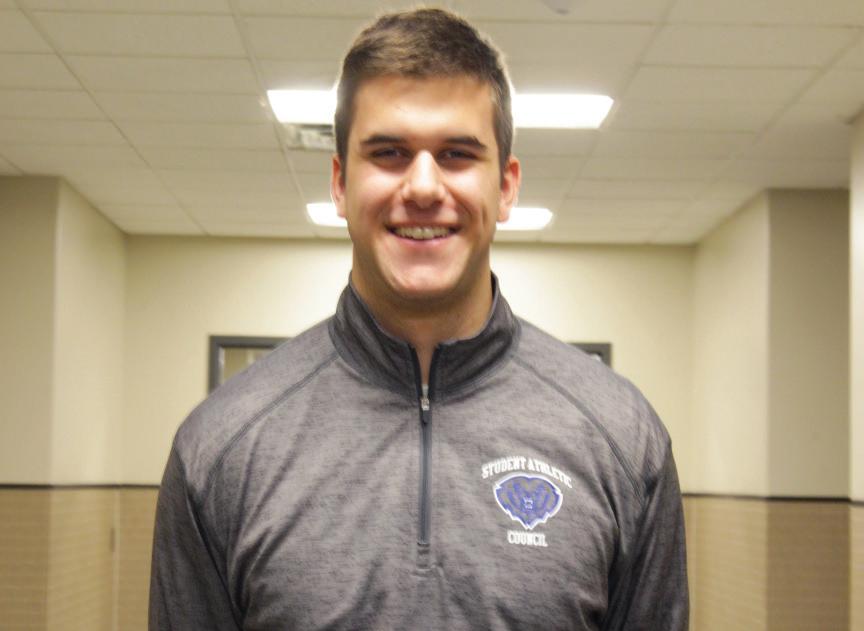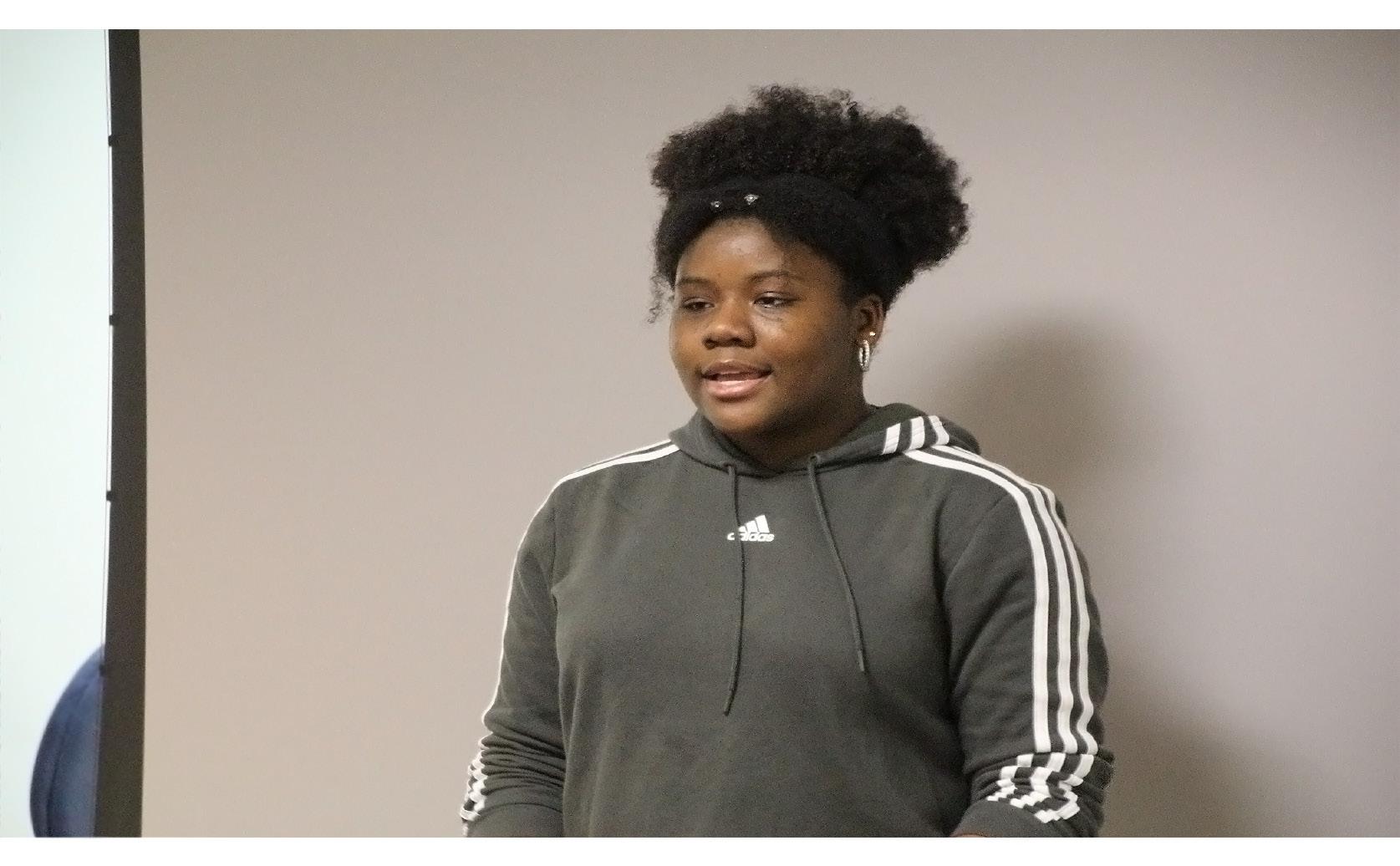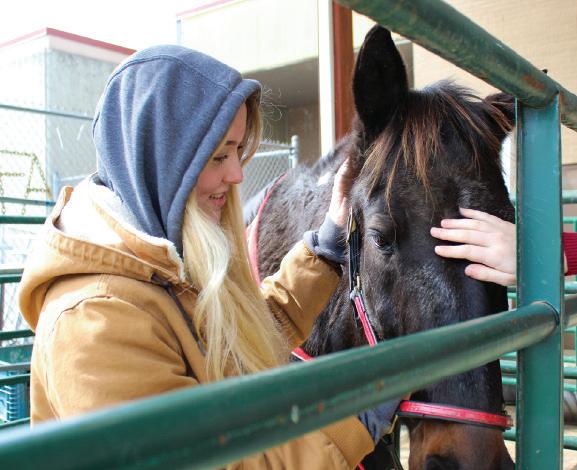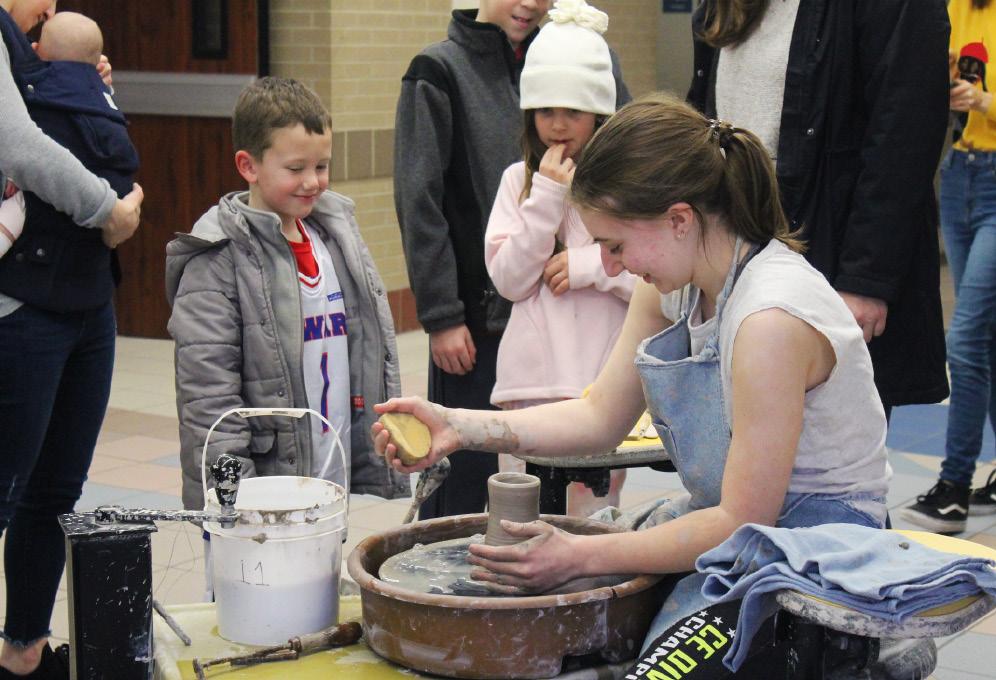SICKLE CELL SCHOLAR
ASHANTI JEAN CLAUDE’S EXPERIENCE WITH SICKLE CELL, IN- SCHOOL LECTURES Sickle Cell is a rare blood disorder affecting about 100,000 Americans. This disease mostly affects the red blood cells, forming a crescent moon shape instead of a regular circular blood cell. Junior Ashanti Jean Claude experiences this first hand as she was born with the genetic disease and educates fellow students about Sickle Cell Anemia. In order to contract Sickle Cell, it has to be passed down genetically, meaning someone must have the trait. Having the Sickle Cell trait is not uncommon, considering 1 to 3 million people in the United States carry it. “My parents carry the [sickle cell] trait, but they don’t have the disease,” Jean Claude said. “It’s a recessive disease, so a lot of people in my family are carriers of the trait, but I’m the only one who has [the disease].” Being an active student with her multiple extracurricular activities and dedication to her schoolwork, Jean Claude feels the toll of Sickle Cell Anemia as she goes on with her daily life. “My freshman year of high school I had to quit sports because Sickle Cell increasingly gets worse as I get older,” Jean Claude said. “I get really tired [because of how quickly my blood cells
die] and walking around the big school, as well as extracurricular activities, makes me drained.” Like any teenager, Jean Claude likes to hang out with friends, go out with family and have a good time. However, having Sickle Cell Anemia makes it difficult to be able to enjoy herself with the pain the disease gives. “I need to stay home all the time and I get pain at random times, so it’s not like I can predict it,” Jean Claude said. “I cancel [plans] a lot because of it.” Having aspirations to go into the medical field, Jean Claude has educated herself on her disease through the Project Lead the Way Biomedical Science program at the school. “The [Principles of Biomedical Science] class has a unit that teaches the biology of Sickle Cell and the science behind it,” Jean Claude said. “They learn about Sickle Cell through a made-up person named Ana Garcia and study the different disease she had to try to find out how she died.” Through the courses such as Principles of Biomedical Science and Human Body Systems, she has connected the studies to her personal life. “[In class] we read her diaries about living with disease and about what it’s
like,” Jean Claude said. “As we read it, I thought ‘wow I really relate to this.’” By taking the Project Lead the Way Biomedical Science courses, Jean Claude has been given the opportunity to discuss her experience with having Sickle Cell with her PBS class. “I need to let any of the teachers I have know that I have Sickle Cell,” Jean Claude said. “My PBS teacher [and I] got into the subject of me talking to the classes, not just my period, about the personal side of Sickle Cell Disease.” As she started to branch out to her teacher’s other PBS class periods, another PBS teacher, Mrs. Brobst, asked Jean Claude if she can present to her classes as well. “The [Sickle Cell] talks are pretty casual,” Jean Claude said. “Basically I give them my whole life story surrounded by Sickle Cell Disease.” Despite her condition, Jean Claude has used it to her advantage to educate students on a disease that lacks awareness. Story and photo by Vivianna Esqueda.
HSENEWS
13
